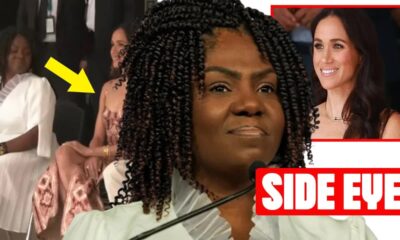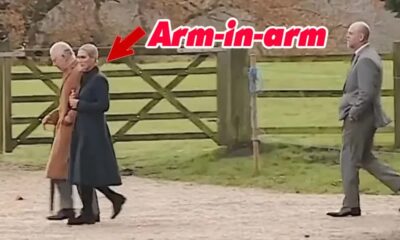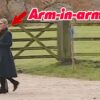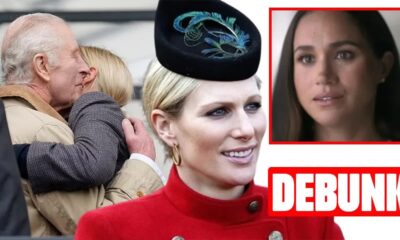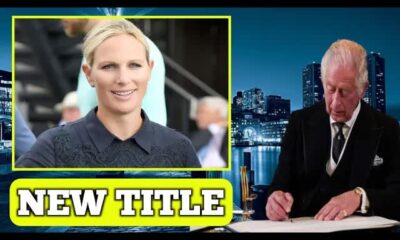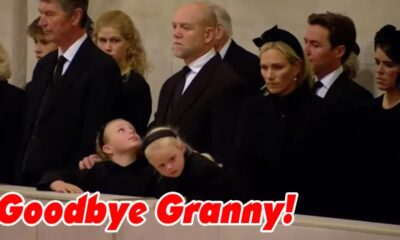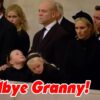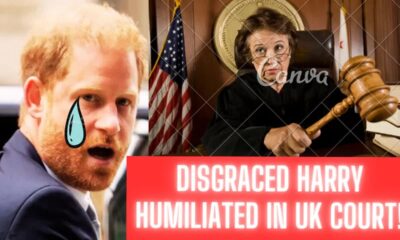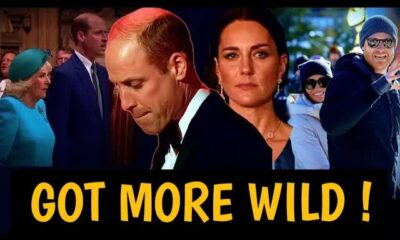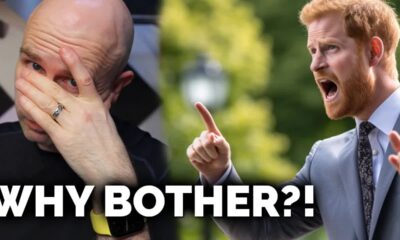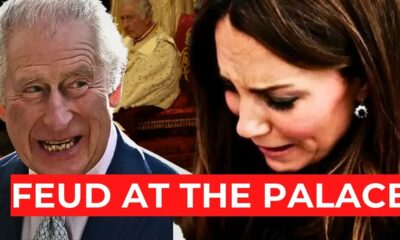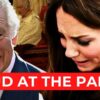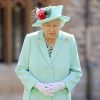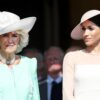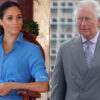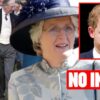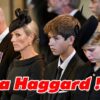All round
Classic Hollywood star struggled to hide that he’s gay
English-American stage and film actor Charles Laughton struggled with his homosexuality because of a strict Catholic upbringing but found a sympathetic wife in Bride of Frankenstein actress Elsa Lanchester.
One of Hollywood’s greatest character actors, his portrayal of Quasimodo in The Hunchback of Notre Dame is one of the outstanding roles from the Golden Age of Hollywood, writes Destiny Rogers.
The Hunchback of Notre Dame is set in the 12th century cathedral extensively damaged by fire today.
Set makers recreated the gothic edifice in the California desert for the movie based on Victor Hugo’s classic 1831 novel.
Made in 1939, the movie stars Laughton as a hunchbacked bell-ringer who rescues a beautiful gypsy girl from Parisian authorities and falls in love with her.
Trending:
- Meghan Markle Steals the Spotlight Again: A Royal Engagement Gone Awry
- “Harry and Meghan’s Tense Moment: A Marriage Under Scrutiny”
- Tension Unveiled: Frances Marquez’s Discontent with Meghan Markle in Colombia
- Elton John’s Scathing Remarks Leave Meghan Markle in Tears at Music Awards
- Meghan Markle’s On-Set Outburst: A Diva in Disguise?
The film draws a parallel between the French persecution of the gypsies as shown in Hugo’s novel and the Nazi treatment of the Jews in the 1930s.
Some of the film’s most poignant moments show Laughton with the cathedral’s rooftop gargoyles. At one stage he asks a gargoyle, “Why was I not made of stone, like thee?”
Quasimodo swinging down from Notre Dame and rescuing the gypsy girl is one of the greatest moments in Hollywood film.
In another scene, Quasimodo rings the cathedral’s famous bells, a scene shot on the day Laughton’s British homeland declared war on Nazi Germany.
Overcome with emotion, Laughton went on ringing the bells after the scene ended until he dropped from exhaustion.
“I could only think of the poor people out there, going in to fight that bloody, bloody war! To arouse the world, to stop that terrible butchery! Awake! Awake! That’s what I felt when I was ringing the bells.”
The New York Times wrote of the performance in 1988, “It is absurd to speak of Laughton’s Quasimodo as a great performance, as if that were some quantifiable assessment.
“It is acting at its greatest; it is Laughton at his greatest; it is a cornerstone of this century’s dramatic achievement; it is a yardstick for all acting.”
Private Life
Laughton married Elsa Lanchester in 1929 and she later claimed not to have known of his homosexuality at the time.
“Remember,” she said, “He was a great actor.”
Some writers speculate the marriage suited Lanchester because of her own supposed lesbianism.
They remained married until his death in 1962.
Laughton’s sexuality was apparently an open secret on movie sets with Jane Fonda’s movie star father once snarling at him, “What do you know about men, you fat faggot?”
William Paterson University’s Richard Bartone said of Laughton, “To dissipate his loneliness, Laughton sought the companionship of beautiful young men, many of whom began as his masseur or personal assistant.
“With a few of them, he developed long romantic relationships. He was happy and productive when involved in these affairs, but when certain men parted, work was disrupted, and loneliness returned.”
After a lifetime of self-loathing and internalised homophobia, Laughton came to a better place in 1960 when he and Lanchester bought a house next door to Christopher Isherwood and his partner, artist Don Bachardy.
Isherwood’s writings on pre-war Berlin inspired the musical Cabaret.
Laughton and Lanchester became close friends with the unapologetically and militantly gay Isherwood and Bachardy and Laughton finally achieved a degree of self-acceptance.
Laughton died in 1962.
h/t: qnews.com.au



